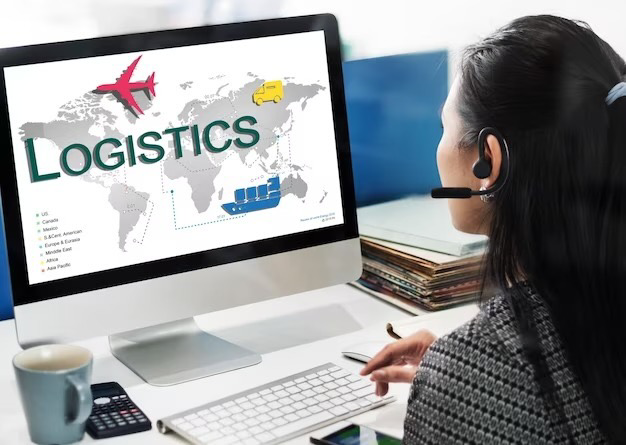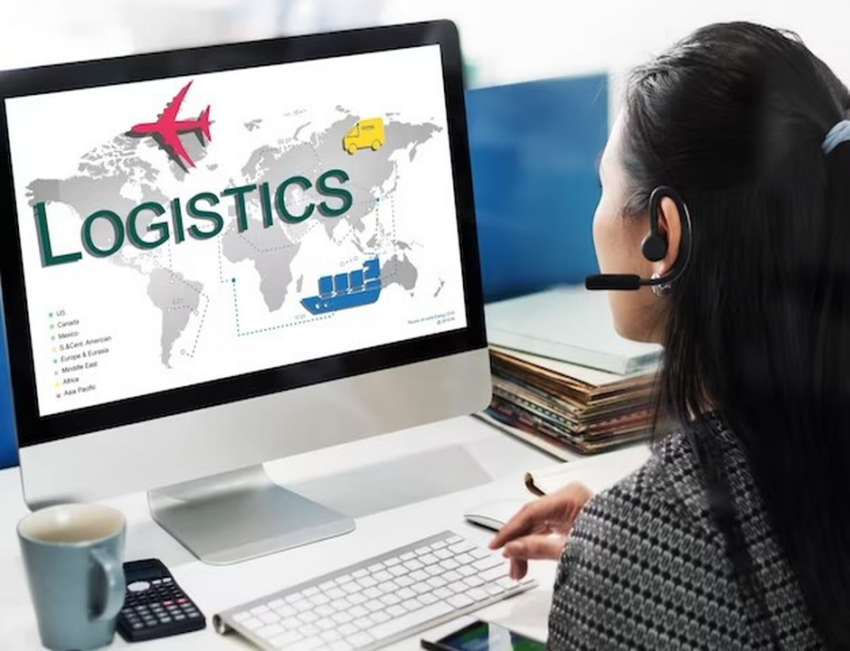The food and pharmaceutical industries are experiencing rapid growth, resulting in a significant demand for cold-chain logistics service providers. As trends continue to emerge, there is an increasing focus on expanding refrigeration capacity within the supply chain. Consequently, the independent freight forwarders are striving to keep up with these developments, adapting and evolving to meet the changing demands.

Cold chain logistics- a direct consequence of expanding global trade and intricate supply chains, has emerged to address the growing demand for transporting temperature-sensitive goods securely across long distances. As living standards, particularly in developed nations, have improved, consumers have become increasingly conscious of product quality, emphasizing the necessity for fresh and high-quality goods. Presently, cold chain logistics stands as a crucial component of any successful and modern supply chain solution. With the advancement of technology, we have moved far beyond basic blocks of ice to embrace sophisticated temperature management techniques.
Things independent freight forwarders should know before shipping perishable goods
-
The components of cold chain logistics
Temperature controlled storage
After production, the perishable items need to be stored until they are dispatched to distribution points or customers. For certain goods, storage must be in temperature-controlled conditions to safeguard them from temperature fluctuations and potential power outages. Power outages can lead to a deterioration in the quality or spoilage of the goods. To mitigate such risks, most temperature-controlled warehouses are equipped with Uninterruptible Power Supply (UPS) as a backup. In addition, infrared thermometers are utilized in cold storage warehouses to measure and record temperatures from a distance. In cases where standard thermometers are unable to function due to extreme cold, wired digital thermometers are employed.
Temperature controlled transportation
Freight forwarding companies need to make use of refrigerated vehicles or reefer trucks for moving temperature-sensitive goods from one location to another. These trucks are equipped with refrigeration devices to maintain the required temperature for the goods during transportation. Moreover, these vehicles usually come with Electronic Data Logging Monitors (EDLM) that enable electronic temperature monitoring and logging. These compact and portable devices record temperature and other conditions, such as humidity, at regular intervals from the moment the goods are loaded until they are offloaded. The ELDMs can also trigger alarms when the temperature surpasses certain thresholds or when the vehicle door is opened.
Another cooling method used in transport vehicles with separate storage compartments involves the use of dry ice or frozen gel packs. Dry ice, with a temperature of -78.33°C (-109°F), acts as a cooling agent, while frozen gel packs utilize water, a thickening agent, and silica gel. This kind of cooling system is typically employed for short-distance transport of products that require storage in cool environments.
Additionally, the freight forwarders need to select appropriate containers for packing temperature-sensitive products, continuously track temperature, humidity, and other relevant conditions during handling and transportation, and avoid temperature fluctuations. These measures collectively ensure the integrity and safety of temperature-sensitive goods during transit.
Trained workforce specialized in cold chain
The effectiveness of cold chain logistics operations greatly relies on a competent and well-trained team. The staff of the logistics company specializing in cold chain need to possess current knowledge about cold chain requirements. Ideally they should participate in freight forwarding courses that will keep them informed about equipment upgrades and the latest advancements in cold chain technologies.
Things logistics companies should keep in mind to improve their cold chain operation
Smooth cold chain operations can be influenced by a variety of factors. To ensure successful transportation of temperature-controlled goods, independent freight forwarders need to consider the following tips.
-
Understand your requirements
When dealing with temperature-controlled goods, such as food, vaccines, or infectious substances, it’s crucial to be fully aware of their specific requirements. Take into account factors like temperature ranges, suitable packaging, transit time, tracking capabilities, and any size or weight restrictions that may apply during storage and shipping. Being well-informed about these requirements will facilitate a smooth cold chain operation.
-
Consider the nature of the item you are shipping
Each perishable item come with a unique set of shipping requirements. When planning the transportation of goods in a temperature-controlled environment, carefully evaluate the factors that can influence the type of solution required to maintain the desired temperature range from origin to destination. Consider aspects like package dimensions, the quantity packed per package, and whether there are single or multiple package sizes. Having this information upfront will aid in selecting the most suitable cold chain processes and solutions, ensuring a seamless operation and preventing potential issues down the line.
-
Anticipate the challenges
Take the time to recognize any pain points in your current cold chain logistics. Are seasonal items challenging to keep cold during hot summers? Do you face difficulties in sourcing or disposing of packaging materials? Are there potential customs delays that could impede shipments? Understanding these existing and potential pain points will enable independent freight forwarders to choose appropriate solutions that align with your service, financial, and performance objectives. By addressing these challenges proactively, you can optimize your cold chain operations for greater efficiency and success.
-
Comply with the regulations
The packing, storage, and shipment of temperature-controlled goods are subject to various regulations. It is crucial to be well-informed about the specific rules that apply to the goods you are handling. Take proactive measures to ensure that all stakeholders involved in the cold chain logistics are properly trained and strictly adhere to these regulations. By complying with the necessary guidelines, you can ensure the safe and legal transportation of temperature-sensitive items while avoiding potential compliance issues.
-
Choose the appropriate cooling system
When it comes to temperature-controlled logistics, selecting the right cooling system is essential. Evaluate whether an active cooling system, like a refrigerated truck, suits your operation, or if a passive system, such as gel packs or dry ice, is more suitable. Passive systems might be more cost-effective, but they could pose higher risks in warm climates if there are potential delays during transportation. Additionally, they may require more labor-intensive pre- and post-conditioning procedures.
By carefully considering the specific needs and circumstances of your operation, you can make an informed decision about the most appropriate cooling system that balances cost, efficiency, and risk factors effectively.
-
Prepare for unforeseen events
In temperature-controlled logistics, it’s vital to be prepared for unexpected challenges. Take into account all potential disruptions that could occur in the supply chain and the associated costs they might entail. For instance, if there’s a higher risk of a shipment being delayed in customs, consider using more expensive packaging that can maintain the temperature for longer periods. Alternatively, you may opt for a carrier that offers re-icing services in case of delays. By planning for these unforeseen events proactively, you can minimize the impact of disruptions on your temperature-sensitive shipments and ensure the integrity of your goods throughout the cold chain journey.
-
Embrace sustainable practices
Incorporating sustainability into your cold chain operations is becoming increasingly crucial as organizations prioritize eco-friendly initiatives. Ensure that your cold chain practices align with your company’s sustainability goals. This may involve seeking alternatives to Styrofoam coolers, which are harmful to the environment, and exploring ways to efficiently return and reuse packaging materials.
By adopting sustainable practices within your cold chain logistics, you can contribute to reducing environmental impact while staying in line with your organization’s commitment to promoting a greener and more eco-conscious approach to business.


